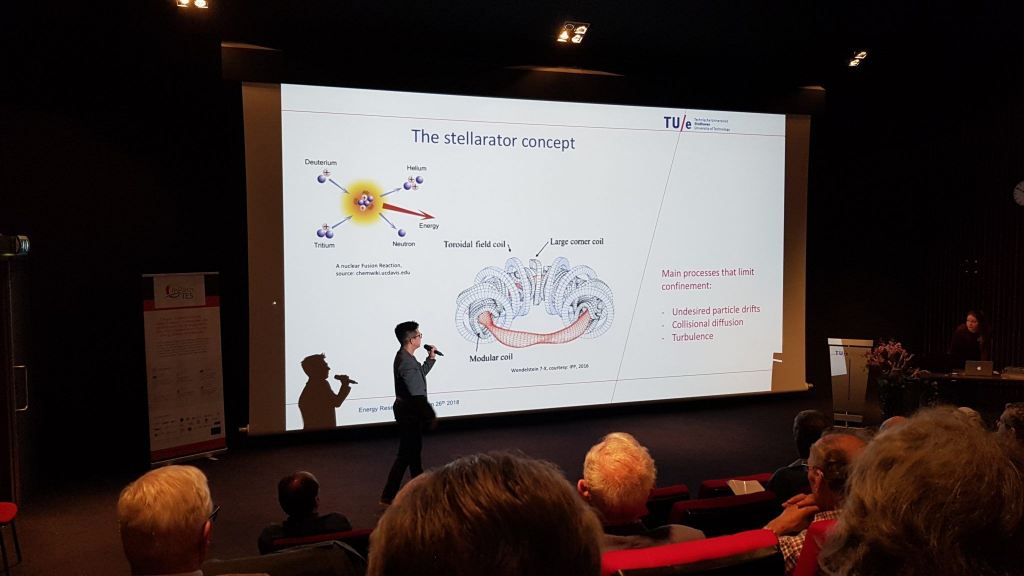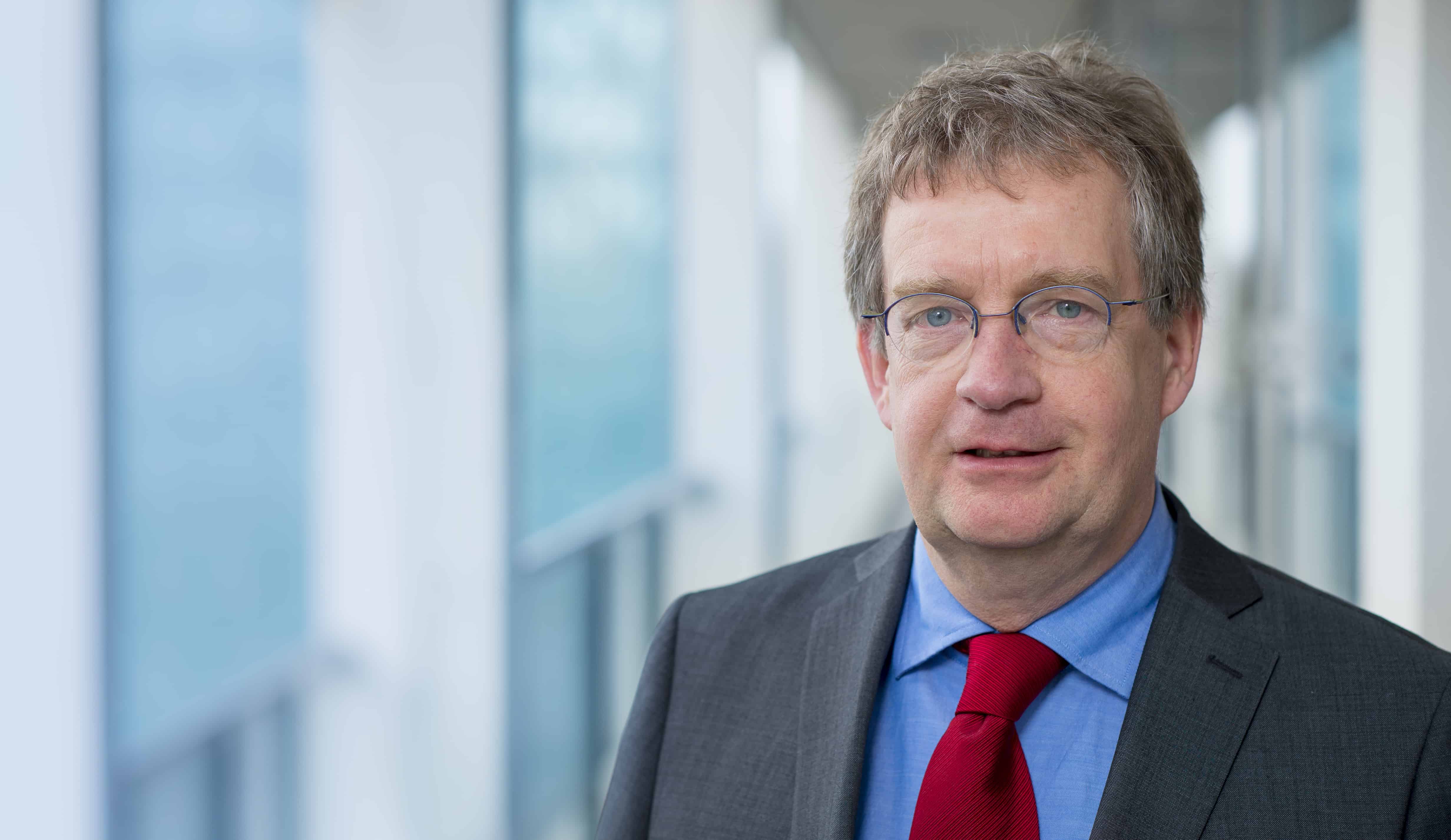
Although the meetings are open to the public, the presentations are not particularly suitable for everyone. For the Energy Research Meets of TU Eindhoven, a visitor should not only have an above-average interest in the energy transition, but also some knowledge of chemistry and physics. Laetitia Ouillet, who leads TU/e’s “Strategic Area Energy“, pushed her students to speak in understandable terms, but still just a few were able to resist the temptation to throw their chemical formulations into the pitch.
Every three months, Ouillet opens the doors to provide interested people with insight into the state of the research. The energy transition is the main theme in all presentations, but there are big differences: very abstract, technical subjects are alternated with the most concrete ones.
This Friday for example, for the fifth Energy Research Meet, we hear from Kay Coenen about his research into the production of hydrogen and from Mark Damen about a way to use plasma to store clean (green) energy CO2-neutrally in hydrocarbons. The trick is to convert CO2 into CO, he explains. Koen Heijmans is looking for the possibility of energy storage mainly in salt hydrates; a thermochemical solution with magnesium chloride.
For a layman, the stories of Hungchu Chen and Len Rijvers are most appealing. Rijvers is looking for a business case for the integration of hybrid solar collectors, heat pumps and heat storage, which is desperately needed if we want to disconnect all the homes from natural gas by 2050. Hungchu Chen shows a map of Eindhoven and its surroundings on which 5 different types of land use have been plotted. In this way, she makes clear how the existing gas and electricity needs can be better linked to local energy production: “urban energy modeling“.
Nikola Boskovic has researched where a dc/ac converter can be effective. For example, in the direct use of solar panels for energy needs at home, but – and this is what he concentrates on – it can also be crucial for the automotive industry. Its Gallium nitride semiconductor technology reduces energy loss but, as he says directly, “a lot more research is needed for this”.
It was a conclusion that could often be heard this Friday afternoon – also during the after-event-drinks. Laetitia Ouillet’s task is not yet completed.
An overview of all the pitches
Photo: Carlos Moreno during his presentation








